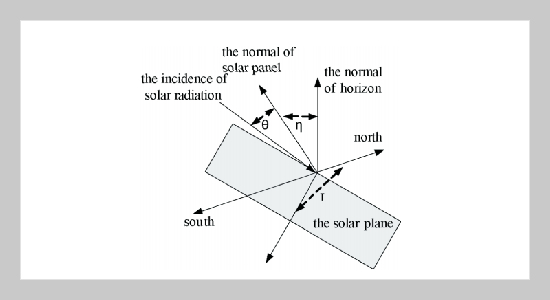Sun-Nien Yu This email address is being protected from spambots. You need JavaScript enabled to view it.1 1Department of Electrical Engineering, Chung Chou Institute of Technology, Changhua, Taiwan 510, R.O.C.
Received:
December 8, 2008
Accepted:
March 17, 2009
Publication Date:
December 1, 2009
Download Citation:
||https://doi.org/10.6180/jase.2009.12.4.03
Due to the shortage of fossil energy and the serious environmental pollution problems, the heavy issue must be faced for searching the new source of energy to substitute the fossil energy. The solar power will be very important energy in the future. Because it is not only used to generate electrical power, but also is used to heat water. The maximal electrical power is obtained for the photovoltaic system. The least auxiliary heat energy and the shortest time of the capital recovery are searched for the solar hot-water heater system, respectively. In this study, Taipei, Taichung, Tinan and Hengchung are selected to analyze. First, the sun’s position at any time and in any city is predicted with the mathematical procedure of Julian dating. Then, we adopt a step by step method to calculate the optimal size of the solar panel which has maximal investment effect for the solar hot-water heater on each site. The results show that the optimal size of solar panel are not only affected by the location of the solar panel, but also are affected by the water storage. The economy of energy consumption is obvious while both the water storage and size of solar panel are increased. The investment effect of the solar hot-water heater is installed in south is larger than that is installed in north.ABSTRACT
Keywords:
Solar Power, Tilt Angle, Azimuth Angle, Heating Energy, Capital Recovery Time
REFERENCES









